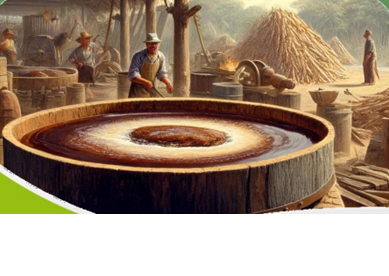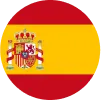Transitional and Agroindustrial Crops Innovation Network
Manager
Cesar Augusto Forero Camacho CRIS AGROSAVIA
Scope
Contribute to the competitiveness and sustainability of transitory and agro-industrial crop systems through knowledge generation, capacity building, and the development and integration of high-quality, safe, and resource-efficient technological solutions. These actions aim to address the country’s socioeconomic, environmental, cultural, and market challenges, generating impact and territorial coherence.
Goals
-
🌱 Obtain and position genetic materials with specific adaptation, competitive yields, tolerance to biotic and abiotic stress, with nutritional and agro-industrial characteristics that meet the needs of current and future market segments.
-
🌍 Improve soil productive capacity, focusing on resource quality and health, environmental and water regulation, nutrient cycling, and issues related to soil fertility (chemical, physical, and biological), irrigation, and drainage.
-
🐛 Contribute to the mitigation of economic, environmental, and safety-related impacts, through the development and innovation of integrated pest management strategies, throughout crop development, harvest, and post-harvest stages.
-
🛠️ Develop, adapt, and/or improve harvest and post-harvest processes with a territorial approach, to increase efficiency and/or generate added value in products and by-products, under circular economy frameworks, considering nutritional and functional factors, as well as the design of equipment and tools for product transformation.
-
🔬 Conduct research and risk analyses, focused on ensuring quality and safety in agricultural products and processes and their environment.
-
👥 Formulate participatory research strategies for the integrated management of production systems, focused on monitoring, characterization, evaluation, and impact assessment of climate change effects on production systems and biodiversity.
-
🗺️ Contribute to the participatory planning of territorial production systems, to reduce conflicts over the use of land, water, and biodiversity, and increase the social and ecological resilience of the systems.
-
🔗 Contribute to the linkage of technological offerings, ensuring their availability based on the R&D&I results validated within the network and their adoption by various stakeholders.
-
⚡ Develop knowledge for the production and storage of efficient alternative energies.
Gallery







Highlighted Initiatives

Research Trends in Panela: A Technological Scanning Approach
Technological scanning is a key tool in this process, enabling the identification of major trends in specific topics of interest. In this case, the focus is on the panela value chain, a natural sweetener derived from sugarcane juice.
Currently, Colombia is leading an international initiative before the FAO and Codex Alimentarius to gain recognition and standardization of the term “panela” as opposed to the globally used technical term Non-Centrifugal Sugar.
Panela is defined as a solid or granulated product that preserves the natural components of sugarcane juice (such as sucrose, glucose, fructose, minerals, etc.), without industrial processing or blending with refined sugars.




